With the cost of living on everyone’s minds, here are four important stories about
finance and property:
- Rental market tightens.
- Home building approvals slow
- How to buy a house sooner
- Property price update
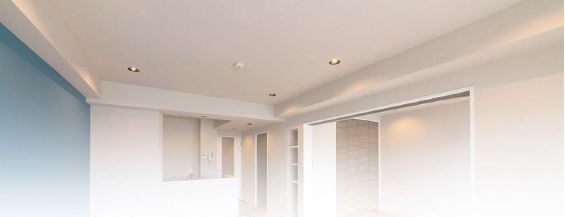
The rental market has turned decisively in favour of property investors, with the number of vacant rental properties plummeting by one-third over a 12-month
period.
Between January of 2022 and 2023, the number of rental vacancies across Australia fell from 47,977 to 31,592, a reduction of 34.2%, according to SQM Research.
Vacancy Rates – January 2023
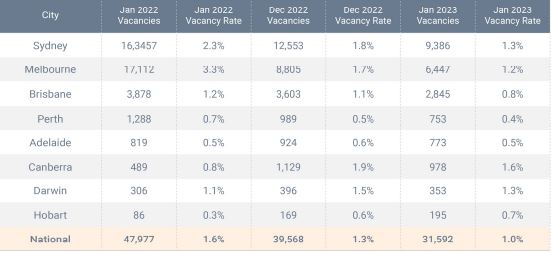
Source: SQM Research
At the same time, the vacancy rate – which measures the share of untenanted rental properties – fell from an already-low 1.6% to just 1.0%.
Vacancy rates differ from city to city, but are low throughout the country, ranging from 0.4% in Perth to 1.6% in Canberra.
SQM Research managing director Louis Christopher said low vacancy rates were
contributing to a “surge in rents”, which in turn was pushing up rental yields.
“I believe would-be investors will be attracted to higher rental yields in later 2023,
provided the cash rate peaks at below 4% [it’s currently 3.35%],” he said.
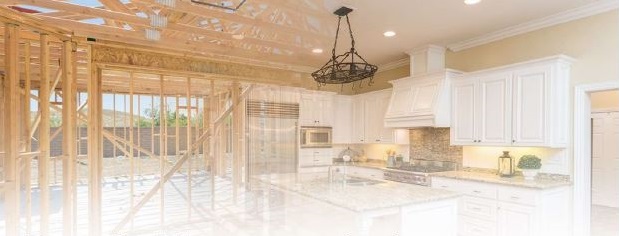
Home building approvals slow as construction costs rise
There was a steady decline in the amount of new residential construction that was
approved during 2022, according to the latest data from the Australian Bureau of Statistics.
A total of 188,765 home building approvals were issued in 2022, compared to 226,629 the year before – a reduction of 16.7%.
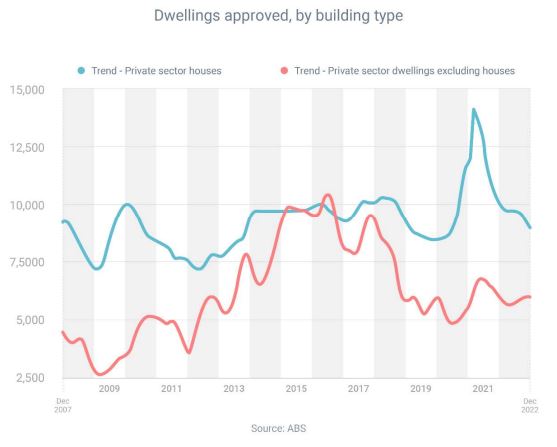
Although approval numbers jumped around throughout 2022 – higher in some
months, lower in others – the clear trend was down.
“Much of the decline between 2021 and 2022 was the expected consequence of the end of the HomeBuilder grant in 2021,” Housing Industry Association chief
economist Tim Reardon said.
“The market was also cooling as the cost of construction rose, and the change in consumer preferences due to the pandemic desire for space, eroded.”
Mr Reardon said builders are still working through a “significant pipeline of work”, and that the slowdown in building approval numbers “will not hit building activity
on the ground until late 2023”.

How to overcome the deposit barrier
Despite the recent housing downturn, property prices are higher in most parts of
the country than before the pandemic. As a result, deposit requirements are
higher.
Domain compared property prices in the December quarters of 2019 and 2022,
and found that buyers needed tens of thousands of dollars more today if they
wanted to buy a house and put down a 20% deposit.
The increase in 20% house deposits for our four biggest cities was:
- Sydney $55,709 increase between 2019 and 2022
- Melbourne $25,995
- Brisbane $43,560
- Perth $25,697
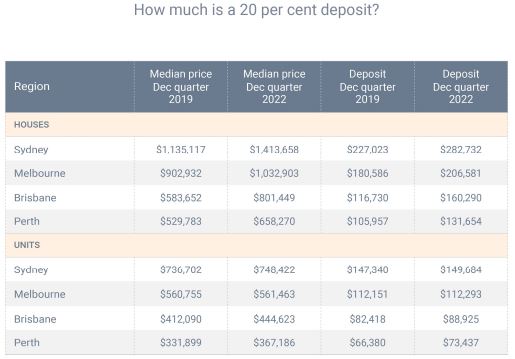
Source: Domain
While the deposit barrier is high, it’s not insurmountable.
As an expert mortgage broker, I can potentially help you enter the market with a low-deposit loan. Generally, if your deposit is lower than 20%, you will need to pay lender’s mortgage insurance (which can be added to your loan). While it’s never nice to pay an added fee, it can be money well spent if it lets you buy a property several years ahead of schedule.
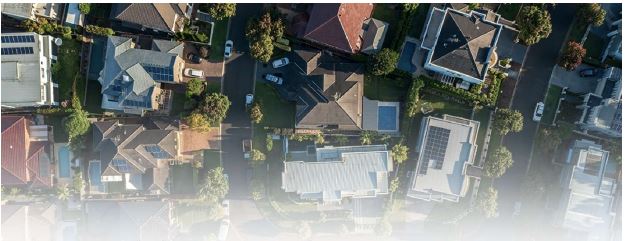
National downturn slowing, although conditions vary from city to city
Evidence is emerging that the national housing market downturn, which began in May 2022, is slowing.
CoreLogic has reported that the nation’s median property price fell 1.0% in January – the smallest month-on-month decline since June 2022.
Meanwhile, while the national median price fell 4.1% in the October quarter, it fell only 3.2% in the January quarter.
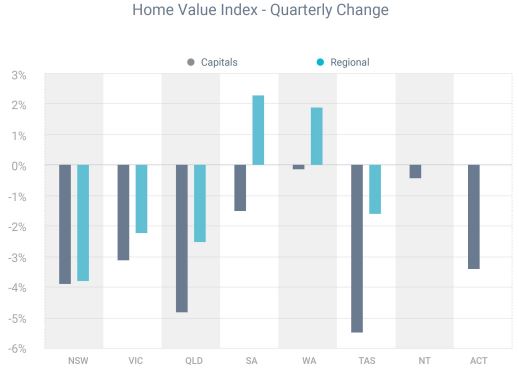
Source: CoreLogic
Here’s how much prices fell in each capital city in both the three months to January and the three months to October:
- Perth -0.1% (was -0.7% in October quarter)
- Darwin -0.4% (was 0.0%)
- Adelaide -1.5% (was -0.6%)
- Melbourne -3.1% (was -3.1%)
- Canberra -3.4% (was -4.3%)
- Sydney -3.9% (was -5.3%)
- Brisbane -4.8% (was -5.4%)
- Hobart -5.5% (was -4.1%)
In other words, while prices are still decreasing, they’re doing so at a decreasing rate.
Disclaimer:
The information provided above is on the understanding that it is for illustrative and discussion purposes only.
Any party seeking to rely on its content or otherwise should make their own enquiries and research to ensure its relevance to your specific personal and business requirements and circumstances.


